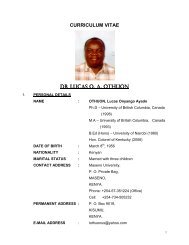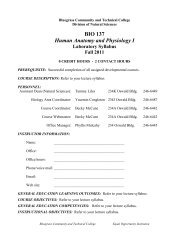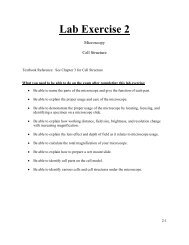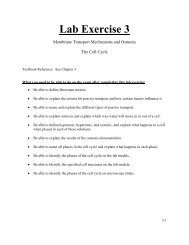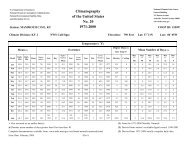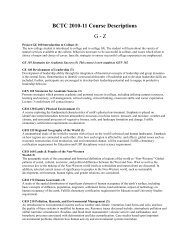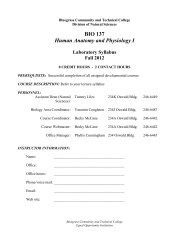THE NATURE, UNITY AND VALUE OF GEOGRAPHY
THE NATURE, UNITY AND VALUE OF GEOGRAPHY
THE NATURE, UNITY AND VALUE OF GEOGRAPHY
You also want an ePaper? Increase the reach of your titles
YUMPU automatically turns print PDFs into web optimized ePapers that Google loves.
6 <strong>THE</strong> PR<strong>OF</strong>ESSIONAL GEOGRAPHER<br />
One ke,y concept is that territory (space) becomes efficiently divided into similar<br />
areas (“cells”) as a resolution of opposing forces: of the benefits of increasing size<br />
and the costs of maintaining ”control” over a greater distance. Withough elaborat-<br />
ing, it can be demonstrated that examples are legion across physical and human<br />
phenomeina. In some of my work, for example, I tried to trace the evolution of the<br />
placement of towns and the structure of their tributary areas in a part of Sweden, as<br />
the benefits of size came increasingly to outweigh the costs of serving their hinter-<br />
lands and as investment in transport reduced the friction of separation. In another<br />
study, I analyzed the social barriers that tended to prevent the ideal spacing and<br />
efficient utilization of Chicago area hospitals. This study also illustrated a second<br />
principle conditioning territorial organization, viz., the tension between an efficient<br />
structure which serves the greatest number at the least cost, and a social concern for<br />
equity of access so that none should be too badly off.<br />
Another key concept is that the character of the landscape can change gradually<br />
over space and over time as a consequence of two other opposing forces. On the<br />
one hand, separation, to the point of isolation, in particular environments over long<br />
periods m8ust be the basic explanation for the extraordinary diversity in nature and<br />
culture. But on the other hand, the equally powerful forces of interaction across<br />
space, through both physical and human processes that are hindered by space itself,<br />
diffuse and modify that diversity. Those same forces spread the more successful at<br />
the expense of the less successful phenomena or culture traits. In the same Swedish<br />
study, I also explored how investment in transportation and in cities diffused across<br />
the area from earlier developed centers, and how both the fact of space and the<br />
differential character of subareas conditioned the pattern of change. In another<br />
study of an epidemic, I also illustrated the diffusion of a phenomenon, smallpox,<br />
through a population and across a territory in which variable clustering or isolation<br />
of families predictably govern the spread of the epidemic.<br />
A fourth key concept is the differential need for and ability of activities to compete<br />
for access to a central point, and a fifth considers the need or preference for ac-<br />
tivities and people to be close together or apart. The most obvious manifestation of<br />
these spai.ial principles is the geographic structure of the city, patterns of land use<br />
and social space that result from competition and social compatibility principles<br />
which underlie my work on racial ghettoes.<br />
Finally, I will invoke the geographic concept of region. Regions may be defined as<br />
the territories which result from the playing out of physical and human processes in<br />
the landscape. They are the manifest taxonomy of geography, the empirical, interre-<br />
lated coniposites of phenomena which geographers, as both scientists and<br />
humanists, strive to explain and understand. In recent years, I have extensively<br />
studied the political region, including electoral districts. I would simply mention<br />
here only one important contribution I hope geographers can make: that electoral<br />
districts need not and should not be mere temporary conveniences for the carrying<br />
out of elections, but to the extent possible be meaningful communities of interest<br />
that enhaiice voter identification and participation and representative responsive-<br />
ness.<br />
Governments and businesses are continually required to delimit and utilize re-<br />
gions, but most people’s ignorance of the geography, or the organization of the<br />
landscape, at any scale results in serious mismatches of purpose and function. One<br />
of the major and continuing contributions of the geographer can be to find the<br />
region appropriate to a problem for the analysis of impacts, for the implementation<br />
of laws.<br />
I have argued that space-in the geometric sense of separation and relative loca-<br />
tion, in the environmental sense of the differential physical characteristics of areas<br />
and also in the humanistic sense of the unique identity of places-is the core of




